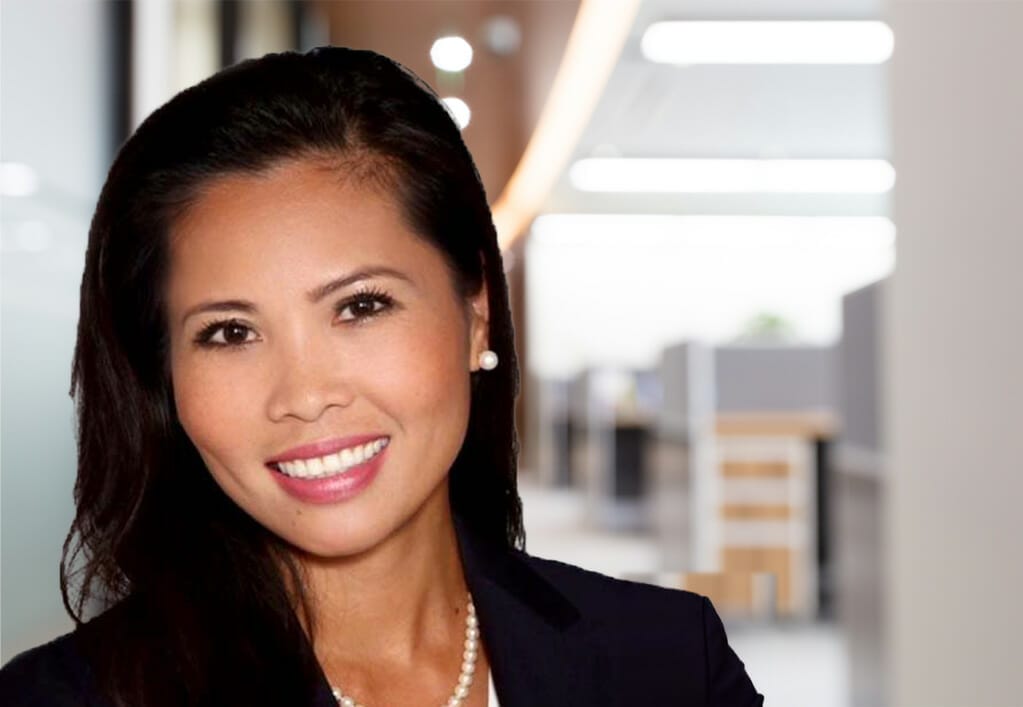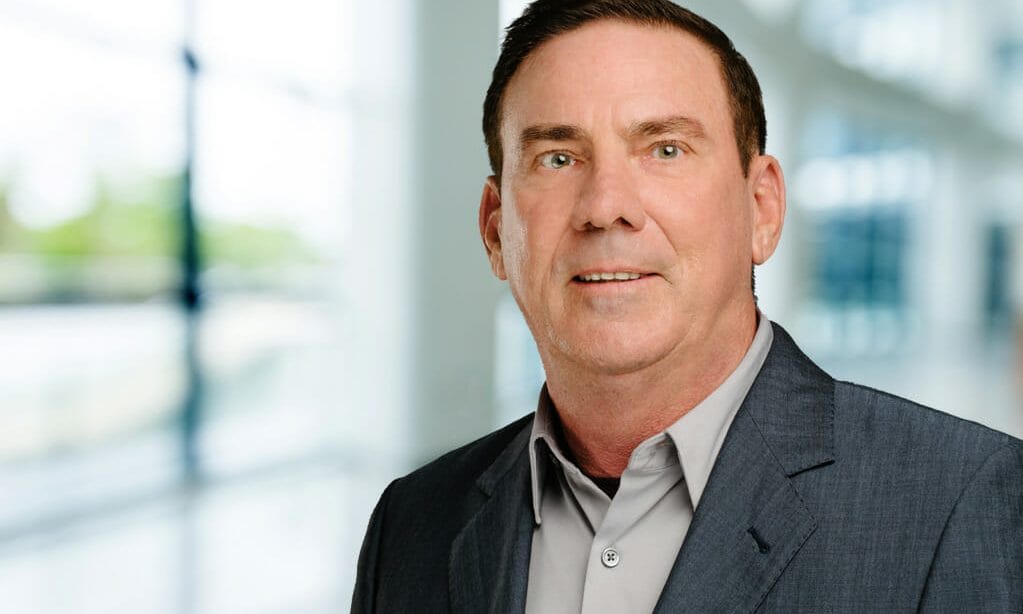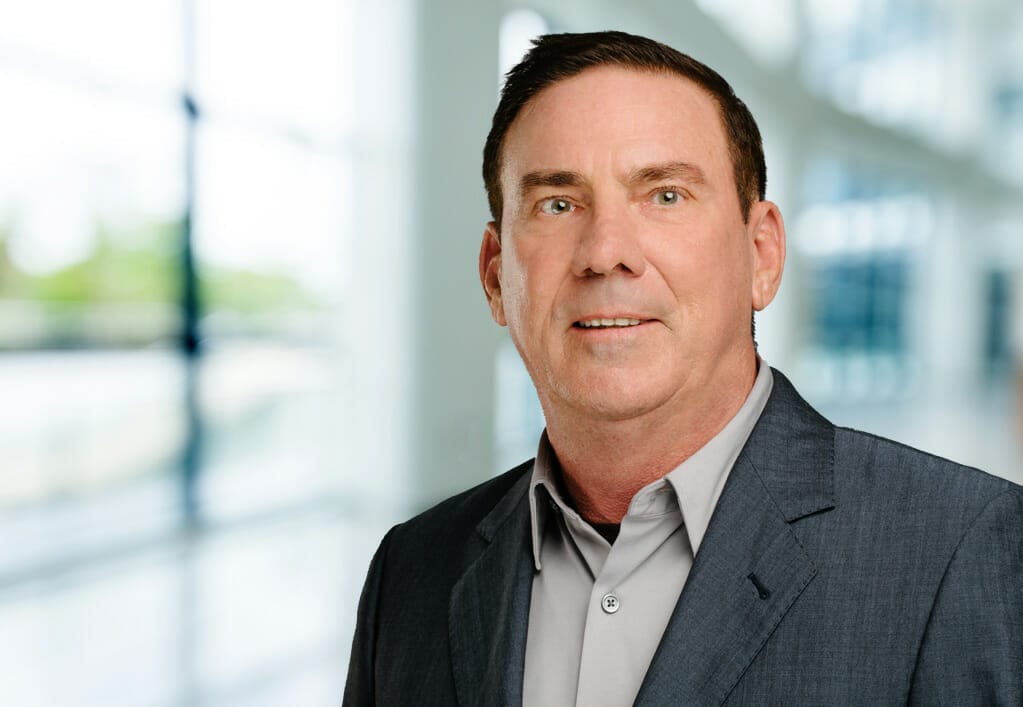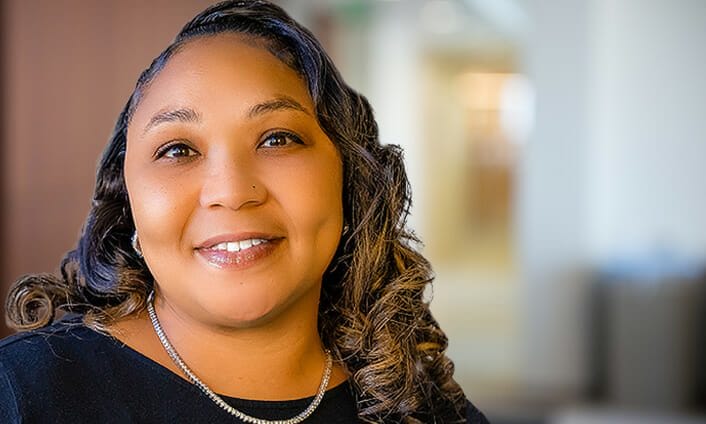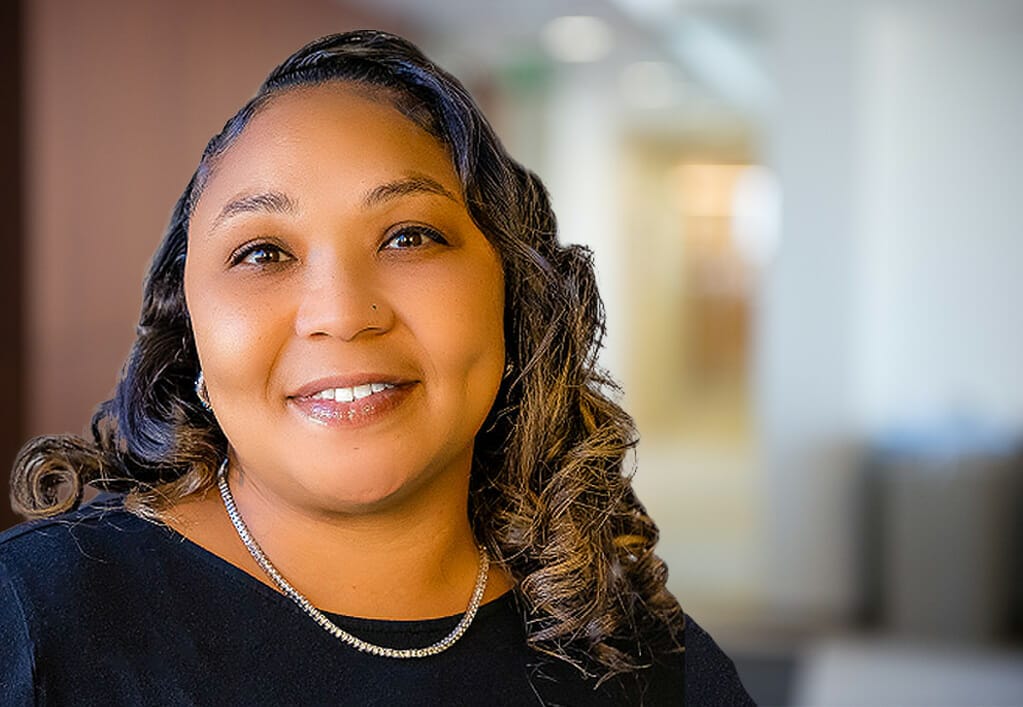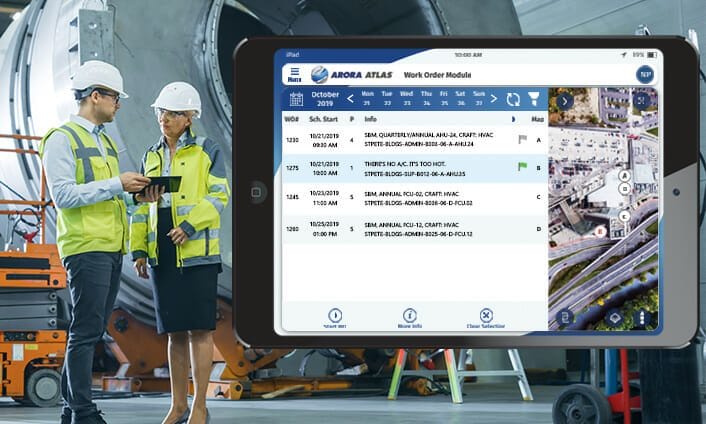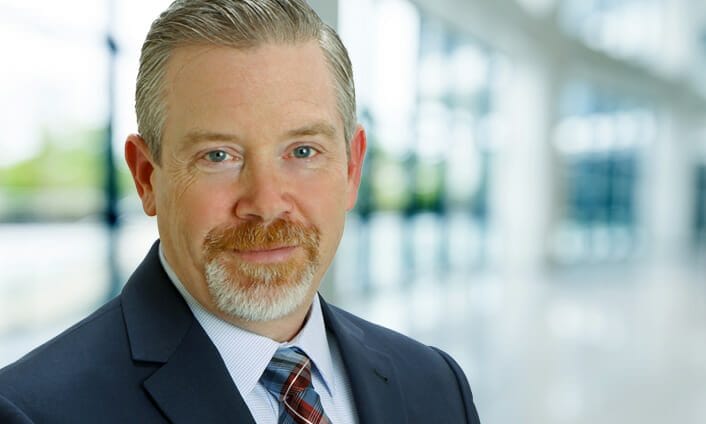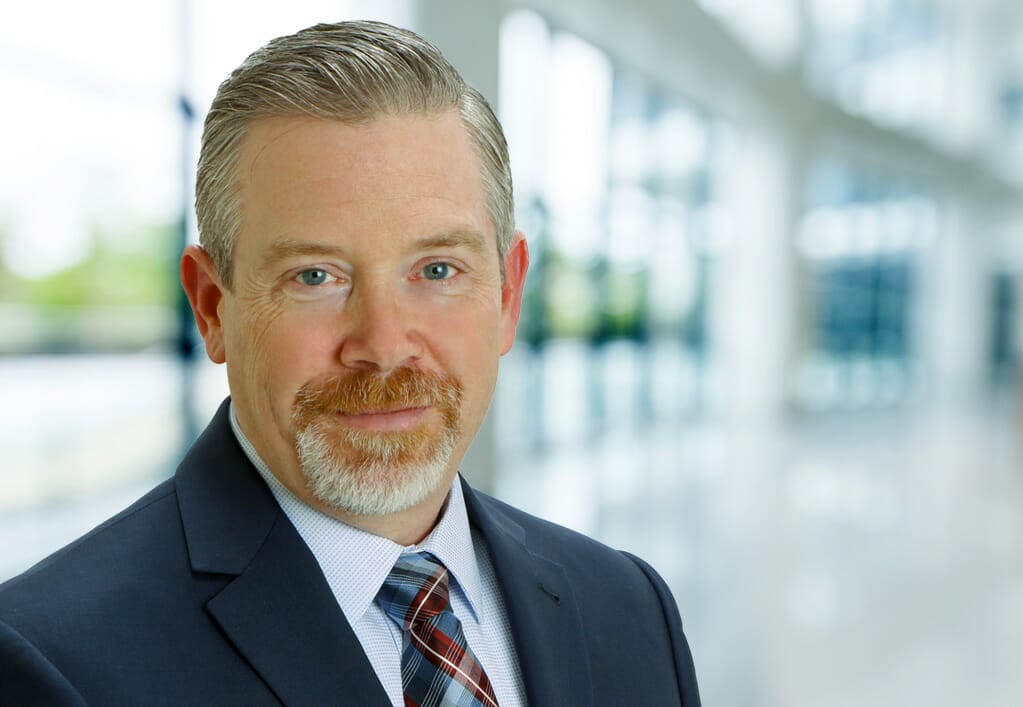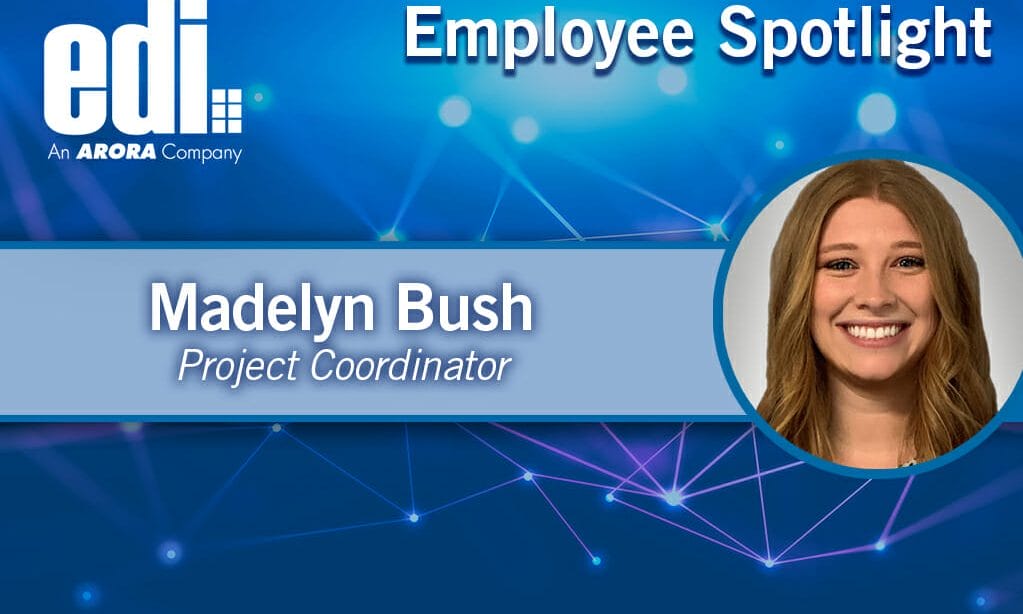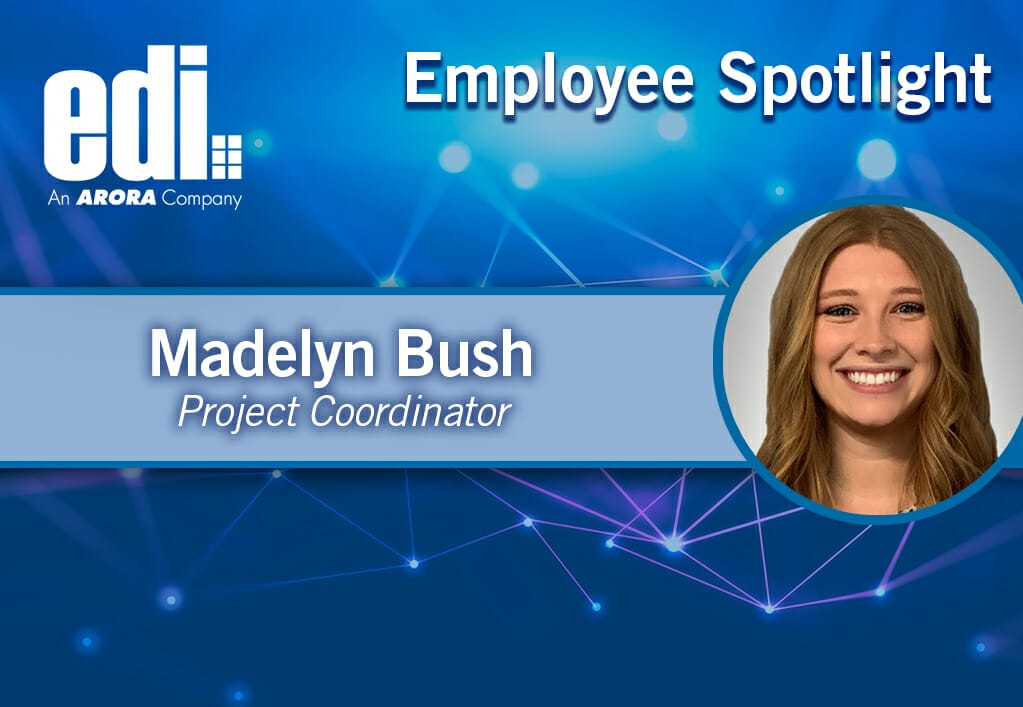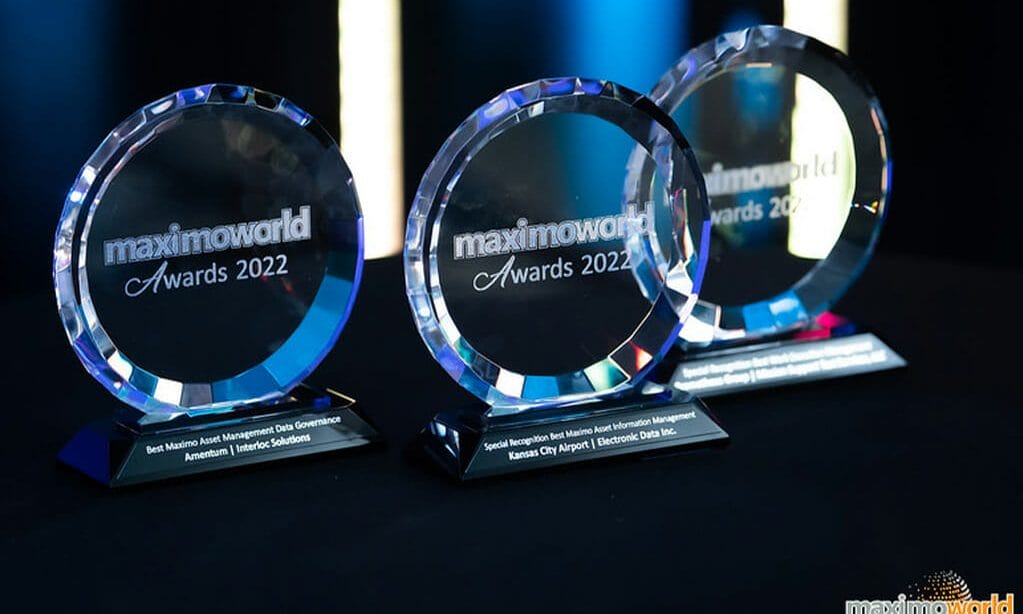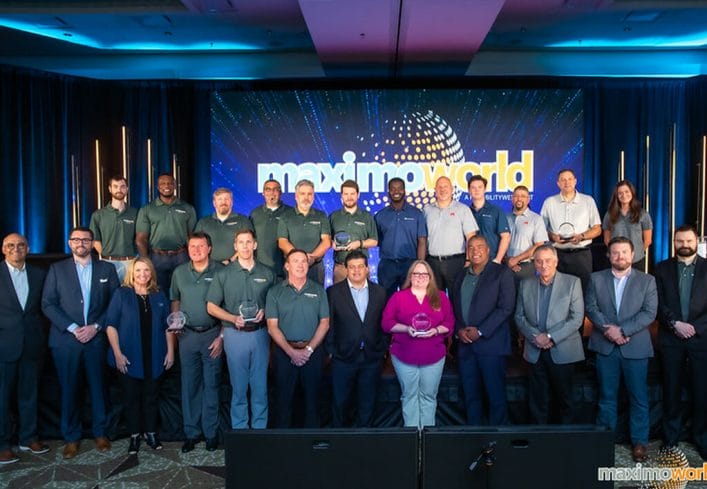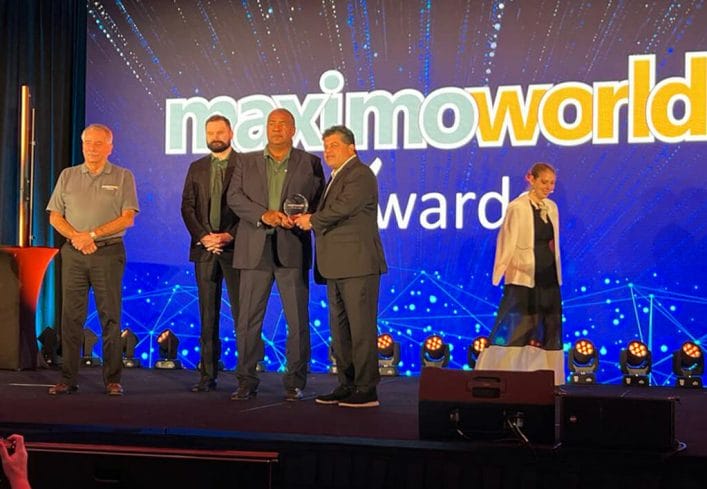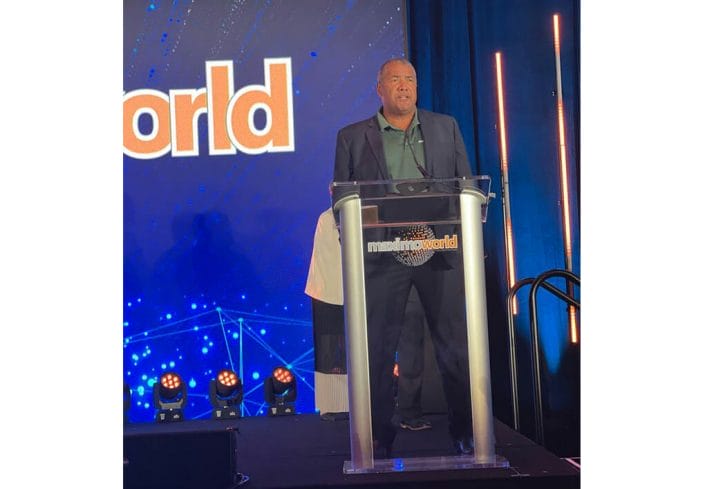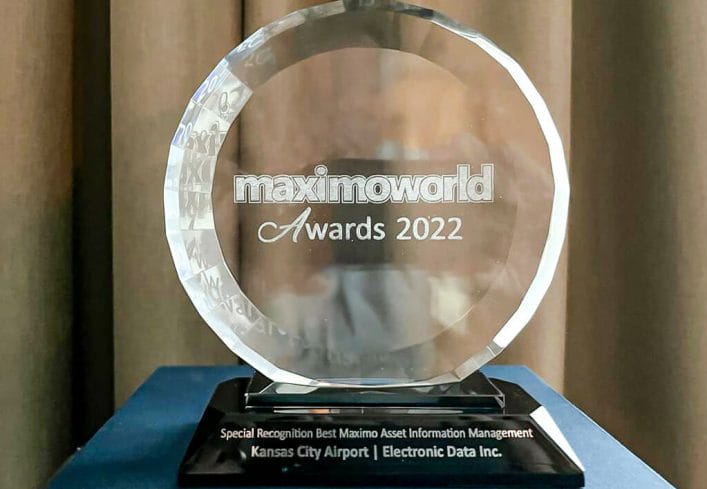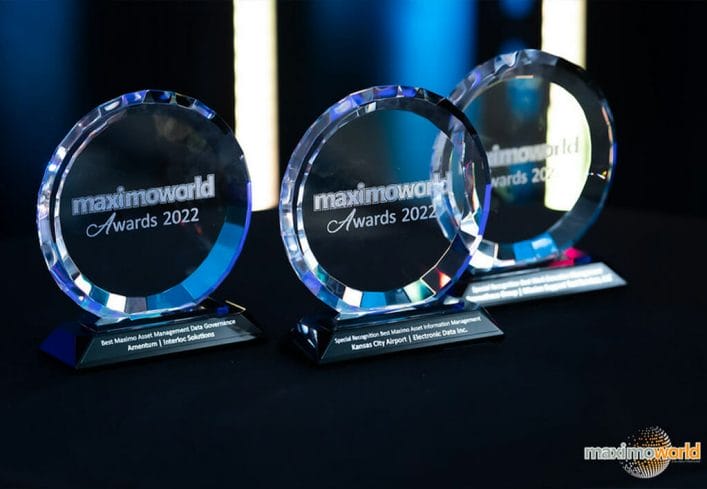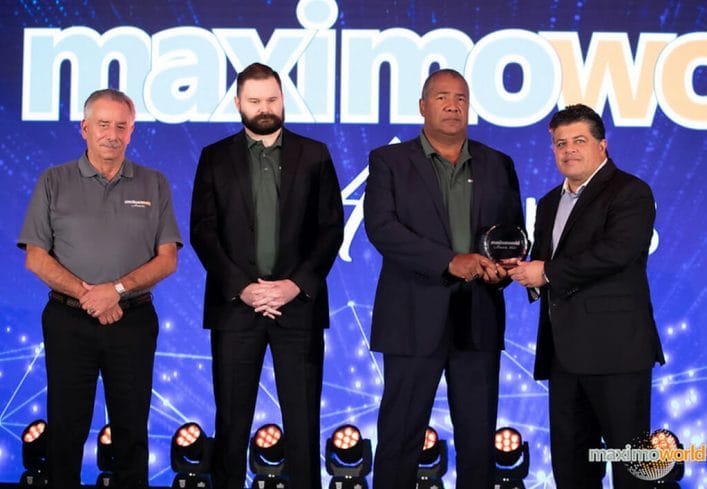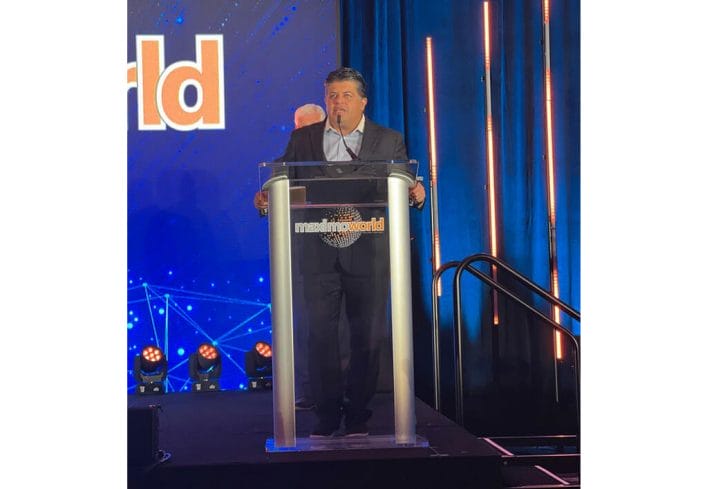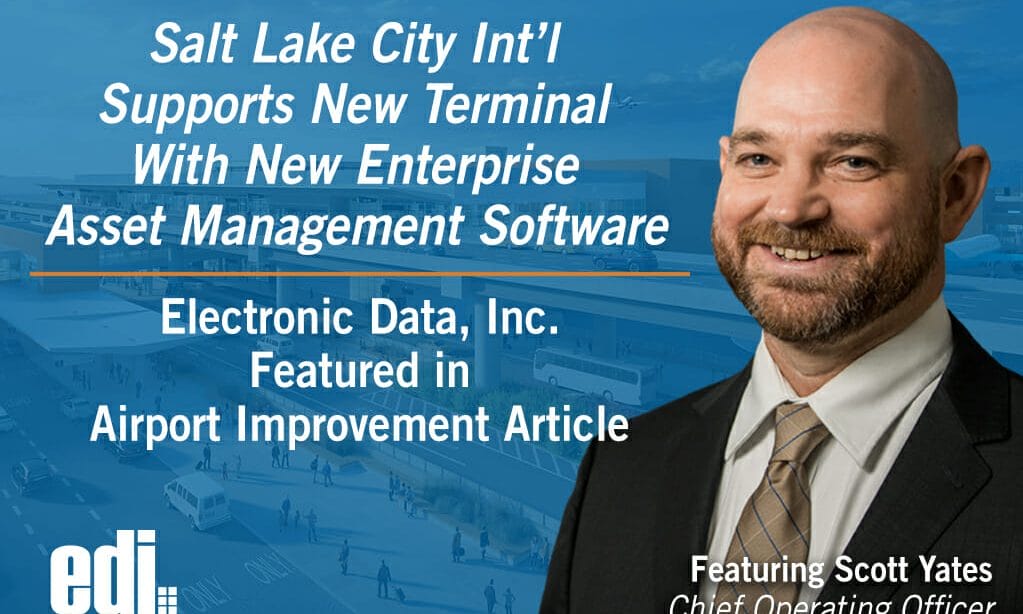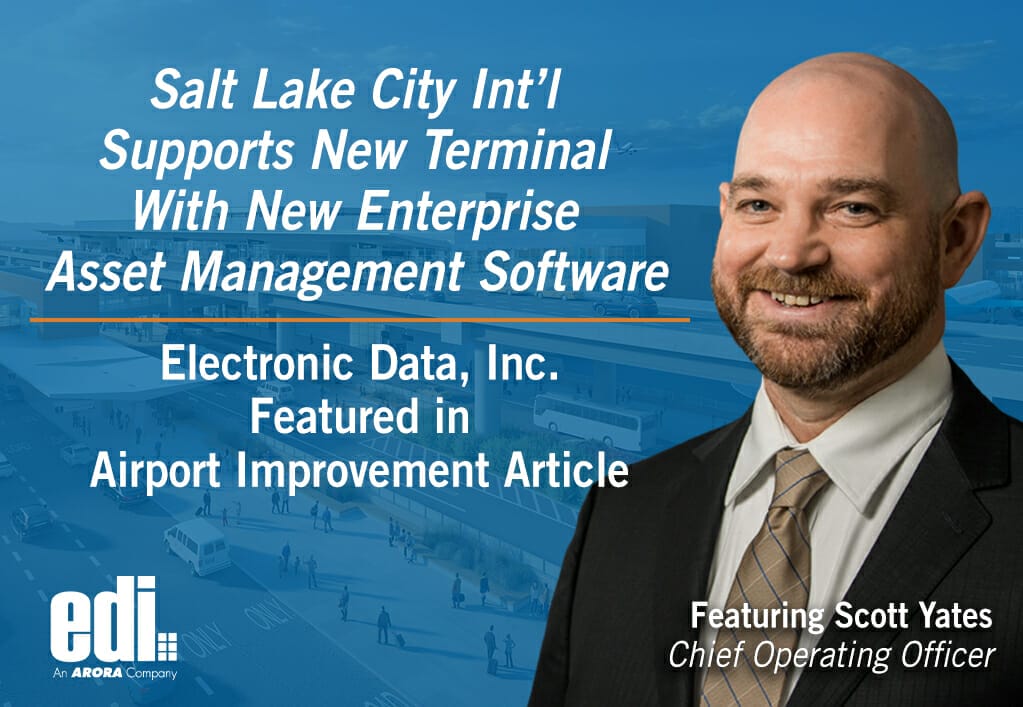IBM Maximo allows licensees an unlimited number of requestors – but what does this mean for your organization? You have the ability to empower anyone visiting your facility to provide valuable feedback on their customer experience for free.
Allowing your employees and public users to provide feedback quickly and easily via their own smart device can help your organization understand, prioritize, and address issues faster, thereby improving the experience of your customers and overall public sentiment.
You just need to find the right request tool to pair with your Maximo EAM system to capitalize on this functionality. First, you need to understand the difference between the types of work request tools that integrate with Maximo – native apps and web-based tools.
What is the Difference Between Native Apps and Web-based Tools?
According to UX Magazine, “A native app is one that is built for a specific platform, such as iPhone or Android, using their code libraries and accessing their available hardware features (camera, GPS, etc.). A web-based app, on the other hand, is one that is hosted on the web and accessed from a browser on the mobile device.”
Features/benefits of web-based tools
1. There is no waiting for the updated iPhone/android/etc. version of the app to be released –
software updates are automatic for all users when using a web-based tool. This is especially useful for organizations who do not want to add additional burdens to their IT teams.
2. Many request apps only allow authorized Maximo users to submit Requests – a web-based tool can be configured to allow public users who do not have the app to provide the feedback you need to maintain your facility more efficiently.
3. The best web-based request tools are QR code based and allow your organization to attach Maximo asset and location data to each of the QR codes located throughout your facility.
These QR codes allow users to simply scan the code using their smart device, quickly fill out a work request with all of the pertinent data your team needs to address the issue and continue on their journey with the satisfaction that they have been able to provide you feedback on issues of importance to them.
Features/benefits of native apps
1. Users can download an app for their smart device from their app store, and the app can then access their available hardware features. The downside being that the process of going to the app store to find the app, downloading it, and then subsequently figuring out how to use said app may be a deterrent for some customers. In Enterprise situations, these apps are usually pushed to users by the IT department.
2. Thanks to the fact that the code that runs the app is stored locally on the smart device, native apps tend to be faster and more responsive than their counterparts. The negative being that users are then responsible for managing updates pushed out via the app store for their phone’s particular platform.
This becomes especially cumbersome for the organization relying on the app-based Request tool for data, because their IT team needs to continually monitor for those releases and remind their users and the general to update their apps.
3. Native apps can run asynchronously, meaning dynamic information can be stored locally on the phone temporarily and synchronized with the central web-based server later. While recent technologies and features (such as those in HTML5) will allow for this to also be done in a web-based environment, native apps are still ahead of web-based ones on this front.
Is a Web-Based or App-based Request Tool Best for your Organization?
This answer depends on whose feedback you are looking for. If your organization wants to limit requestors to only those people inside your organization, an app may be best. If you select an app-based request tool you will have to work with your IT department to set up your users, configure to specific platforms, and remind requestors to download updates from their respective app store.
If, on the other hand, you are looking for a work request tool that capitalizes on your ability to allow anyone to submit a Maximo work request free of charge, a web-based tool may be best for your organization. If your goal is to simplify the work request process for everyone involved, from your IT department, to your Maximo users, to the general public using your facility, you will want to seek out a web-based Request tool that allows anyone with a smart device to scan a QR code which is linked to Maximo asset data to quickly provide your technicians with the data they need to locate and resolve issues.




